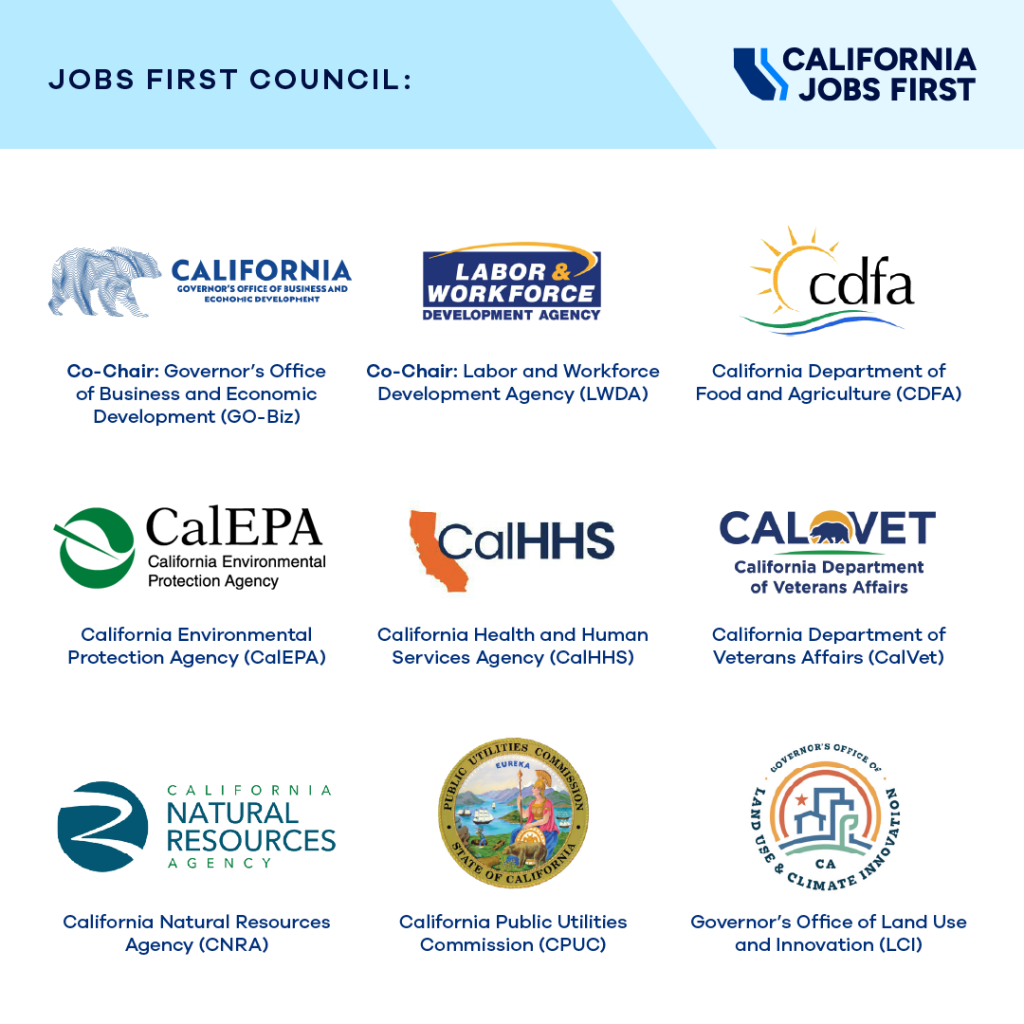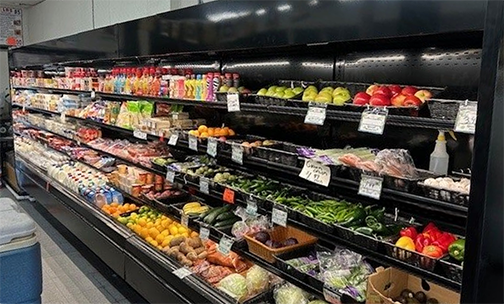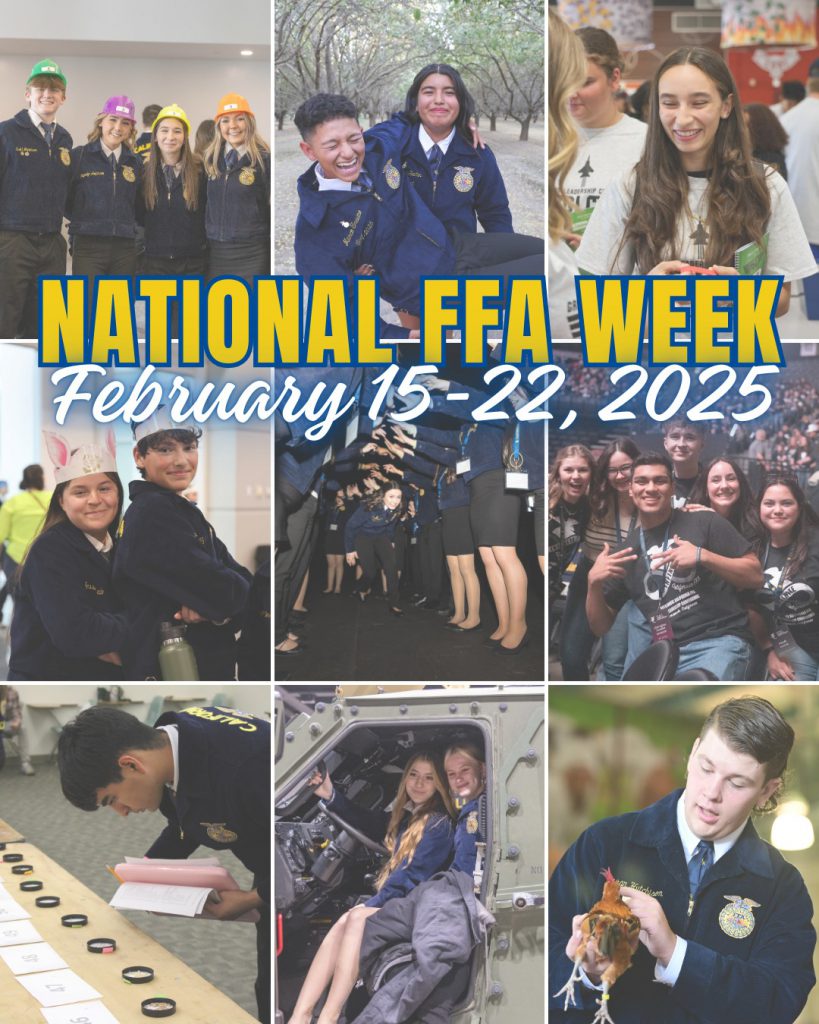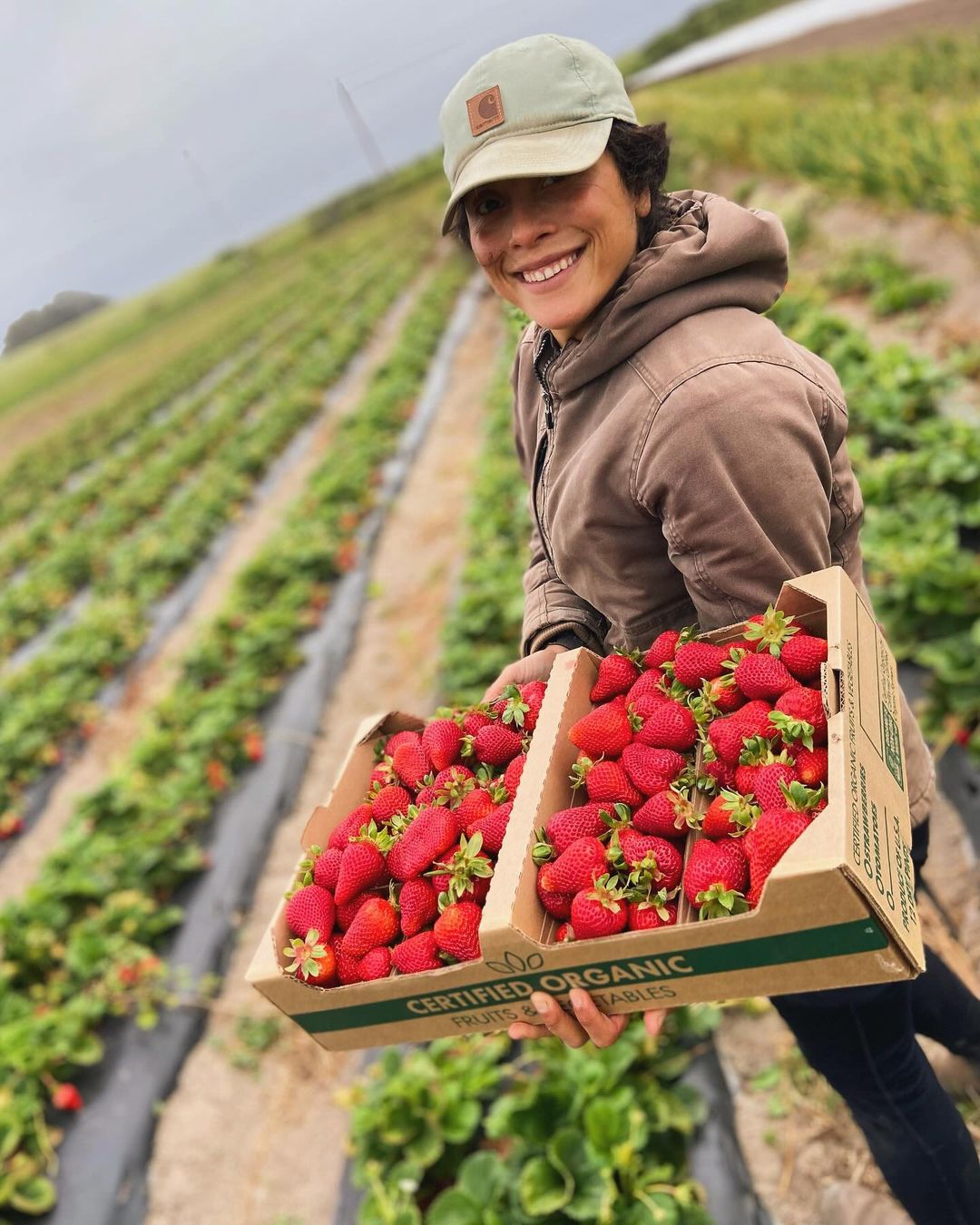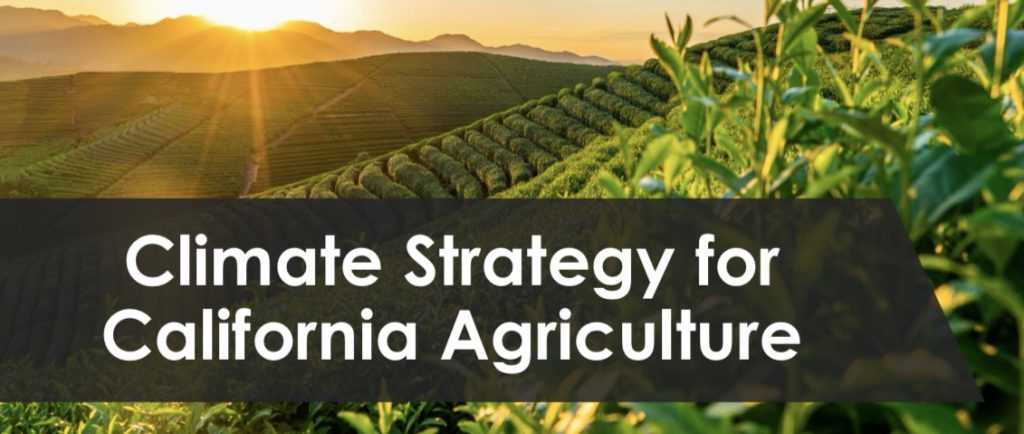Gov. Newsom announces a blueprint that is driven by local input from 13 regions across the state
Gov. Gavin Newsom announced the launch of the California Jobs First Economic Blueprint. This equity-focused, climate-forward initiative is the first economic development strategy of its kind in California and the nation.
California Jobs First invests in key sectors, including agriculture, to drive sustainable economic growth, innovation, and access to good-paying jobs.
“We’re proud to play a role in this incredible partnership that is building this plan from the ground up – a plan that will help create opportunities across our state, including agriculture,” said CDFA Secretary Karen Ross. “We’re very appreciative of Governor Newsom’s leadership in creating the California Jobs First Economic Blueprint.”
The announcement of the Economic Blueprint was the culmination of years of input from local communities on what their regions need to thrive in the next era of California—boosting the Golden State and ensuring no one is left behind.
The State Economic Blueprint took years to develop, with an inclusive economic planning strategy at the regional level, along with ongoing investments at the local level. Thirteen regions were provided with support, while ensuring that community-informed, research-backed strategies that defined strategic sectors were all part of the strategy.
“This is by far the most comprehensive strategy for helping to drive sustainable economic growth, innovation, and access to good-paying jobs in agriculture,” added Secretary Ross. “It’s about bringing not just state but more importantly, local involvement, working side-by-side to advance strategic sectors that will ensure rural communities are not left behind. It’s also about jobs and looking ahead at strengthening and developing our agricultural workforce.”
Secretary Ross stresses that the launching of the Economic Blueprint identifies the key areas in ag that were developed, working alongside regional and state partners to continue the work to create, attract, and increase good-paying jobs for California.
For agriculture, the Blueprint focuses on strengthening our state’s Working Lands and Water sector, including:
- Agricultural production and food processing
- Accelerating agricultural technology and farm equipment
- Innovation Ecosystem — California has an opportunity to develop its bioeconomy, with a focus on sustainable and regenerative practices, by utilizing its substantial biomass resources.
To download the Blueprint and learn more about ag’s role, including our sectors, visit California Jobs First.
Gov. Newsom launched the Jobs First Council in 2024 to help reshape California’s economic landscape. The council is co-chaired by Dee Dee Myers, Senior Advisor to the Governor and Director of the Governor’s Office of Business & Economic Development; and Stewart Knox, Secretary of Labor & Workforce Development. The council’s focus is fostering job creation and regional growth in 13 targeted areas across the state.
